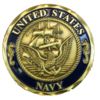Astrophotographer Questions
Jan 7, 2023 20:48:05 #
I trying to determine if there is any telescope with DSLR combination which will deliver tack sharp images of Mars, Saturn and Jupiter. Everything I see on the interest looks grainy or soft. Also, I’d welcome any feedback on using the Celestron Nexstar 8se in combination with a DSLR (Nikon D850).
Jan 7, 2023 21:22:31 #
Jan 7, 2023 21:24:07 #
Jan 7, 2023 21:35:54 #
Orphoto wrote:
Planets are just plain hard to do well.
Correct!!!
Planets are very small and require lots of magnification to show anything. And lots of magnification requires very careful focusing and a very steady mount. But they are bright which means that they won't need tracking.
I tend to avoid planets even though I have the equipment just because they are so difficult to get good results. Instead, larger targets like galaxies and nebula are a lot easier to capture as they don't need high magnification. But they are dimmer and to get enough light need to be tracked. And stacked to lower noise and possible hot pixels.
And comets are a good targets too. The majority of them are dim and you won't see them without a time exposure which means tracking is needed. And to see them, you need to raise the ISO up to high levels which mean noise. So stacking is necessary to remove the noise.
I am adding some shots taken with camera lenses. The first 4 are with a 300mm lens on a Sony A6300. And the last is 100mm on a m4/3 camera of a comet.
This should give you a taste of what can be seen with even modest equipment. All of these images were stacked and taken at high ISO's.
But once you start getting results, it's addicting.
M101 galaxy
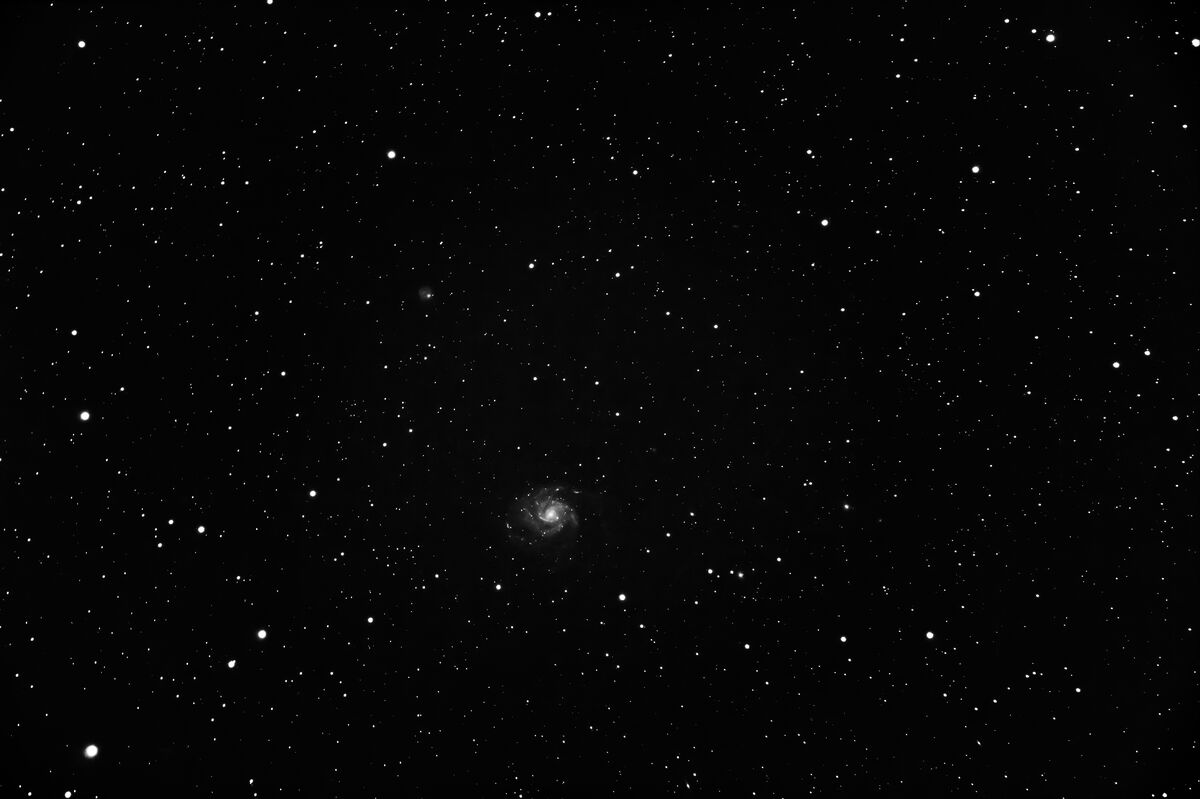
(Download)
M51 galaxy
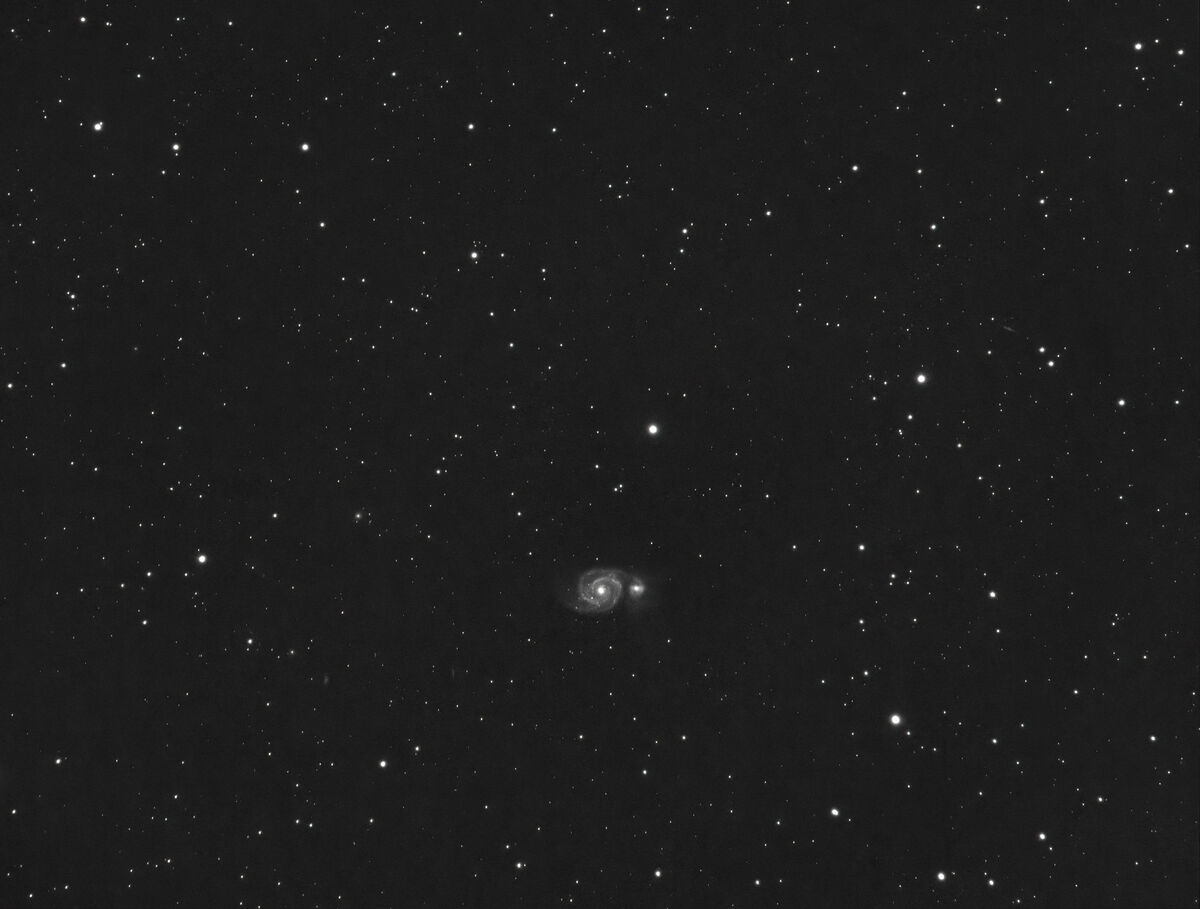
(Download)
NGC6341 Globular Cluster
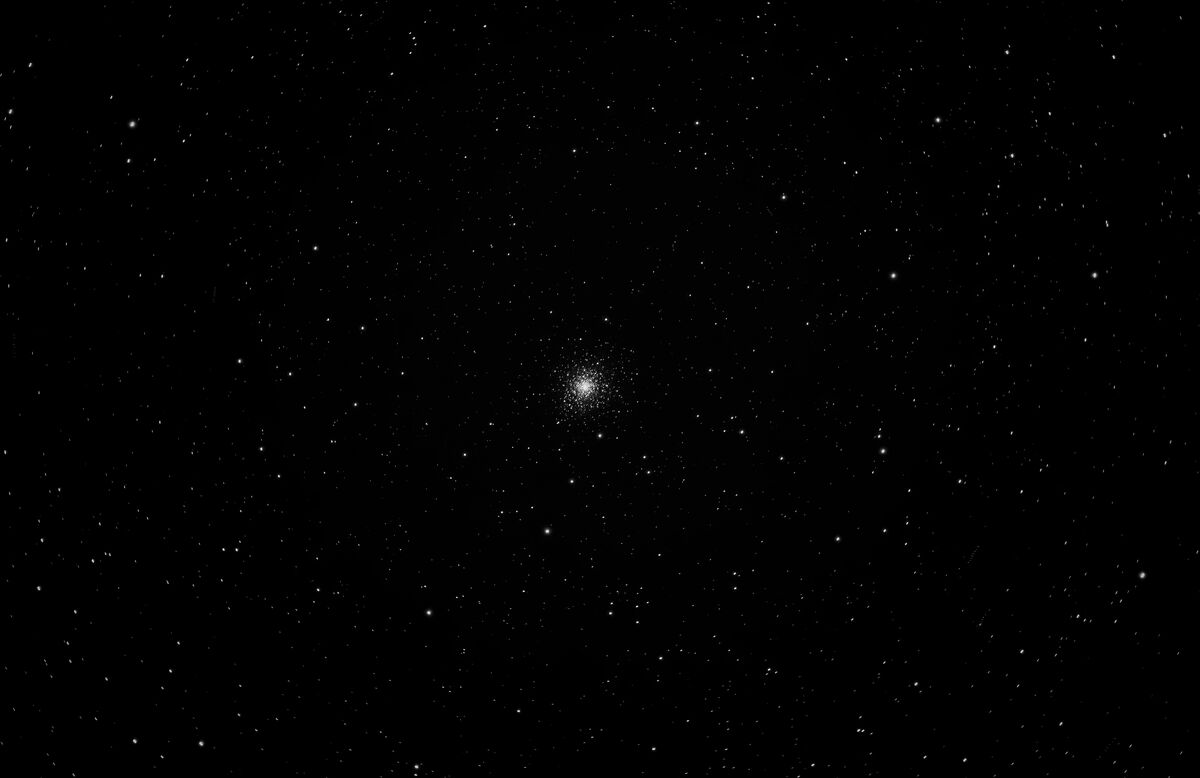
(Download)
Ring Nebula - tiny smoke ring in the center
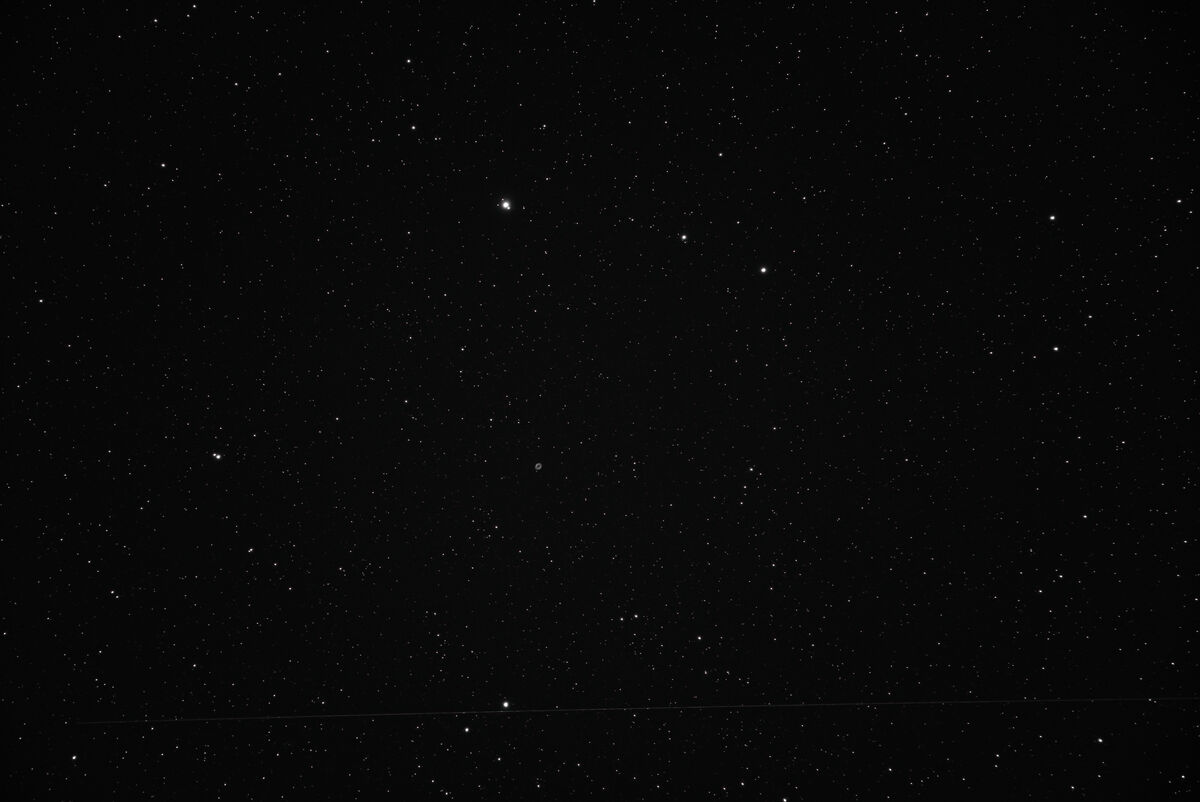
(Download)
Comet Neowise in July 2020
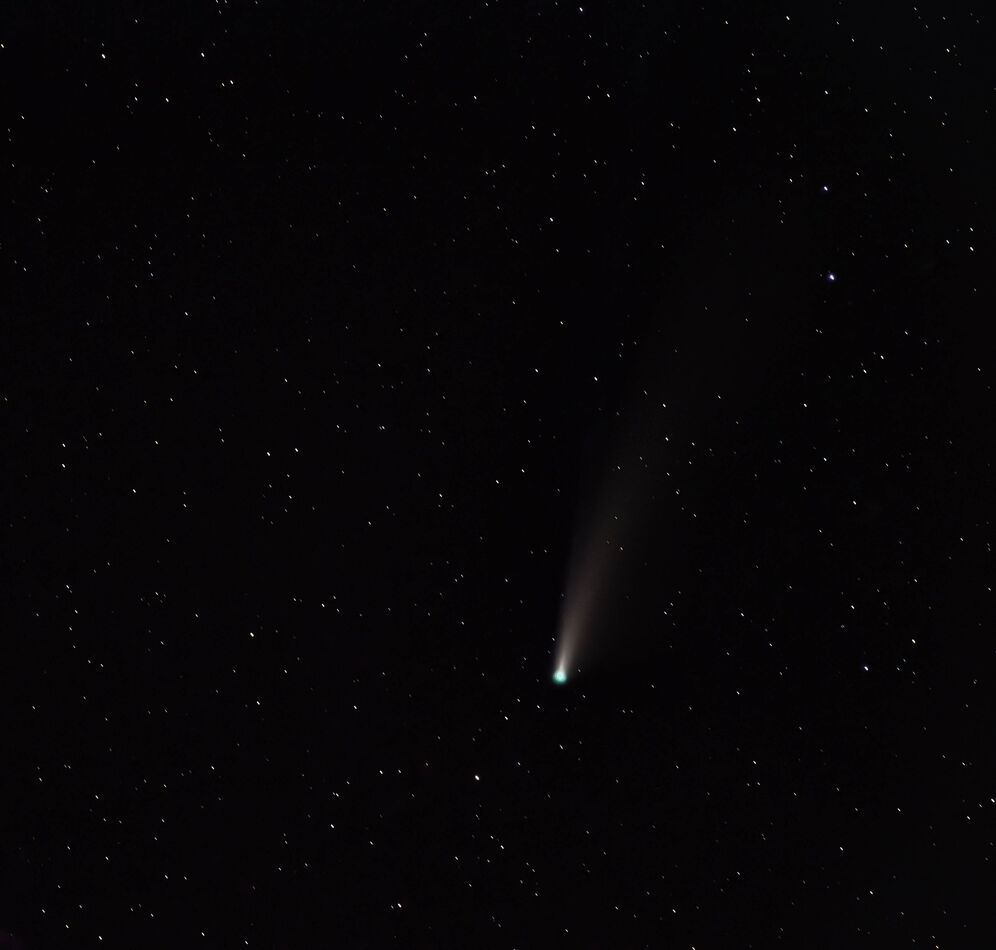
(Download)
Jan 7, 2023 23:09:48 #
I should add that the Celestron Nexstar 8se is capable of working with DSLR cameras. But it is a 203mm mirror that is f10. This means that it is a 2030mm focal length. I have the next model up with the Celestron NexStar Evolution Telescope, 9.25".
Be aware that 2030mm focal length is really too much focal length for easy use. Celestron also sells a focal reducer.
see: https://www.amazon.com/Celestron-6-3-Reducer-Corrector-Telescopes/dp/B00009XVHZ/ref=sr_1_1?keywords=celestron%2B0.63%2Bfocal%2Breducer%2Bfor%2BCelestron%2BNexstar%2B8se&qid=1673149643&s=electronics&sr=1-1&ufe=app_do%3Aamzn1.fos.f5122f16-c3e8-4386-bf32-63e904010ad0&th=1
It will reduce the focal length of this scope to 12,789mm. Still a lot, but more manageable. And then you need a T-Mount adapter.
I have not tried my full frame camera with my 9 1/4" scope and I am not sure if there would be vignetting.
Next thing to be concerned about is that the mount is an Altitude-Azimuth type mount. This mount is up/down and left/right. When you look at a night object, even though you are tracking, the image will rotate in a circle. Its perfect for visual observations but not so good for camera tracking. I have a mount like this for my scope also, but I don't use it with my 9.25" scope because of this problem. Instead, I use an equatorial type mount which produces no field rotation.
But the Alt-Az mount is really nice for use with my camera and shorter focal length lenses since the shorter the focal length, the less of a field rotation effect you see since the rotation is reduced accordingly.
The Celestron Nexstar 8se comes with I believe is just one 40mm eyepiece. The one I got had a narrow apparent field of view. This mean when looking through it, it reminds me of looking through a paper towel tube in that everything seems to look so far away. Instead, I bought some nice Baader eyepieces that have a 68 degree apparent field of view and the view is so much nicer in that you feel like you are out there among the stars.
I also have other scopes since each are better for different objects. My low power scope is only 300mm and is good for nebula. I have a 4" refractor with a focal length of 710mm which is good for star clusters and galaxies. Also have an 8" newton reflector. Gathers more light than the 4" refractor. But the refractor is more fun to use.
This should give you a short overview. Starting with the Celestron Nexstar 8se may lead to frustration as the first scope. The long focal length is difficult to handle.
And there are other things to consider such as finder scope, and a red dot site to get you close before using the finder.
The Alt-Az mount is easy to align since you only need 3 bright stars and it figures out where you are looking. It is more effort with the equatorial mount since it is a more complex alignment process.
Here is a link to StarGazers Lounge for some feedback on using the Celestron Nexstar 8se that might be worth looking at:
https://stargazerslounge.com/topic/392127-astrophotography-with-celestron-8se/
Be aware that 2030mm focal length is really too much focal length for easy use. Celestron also sells a focal reducer.
see: https://www.amazon.com/Celestron-6-3-Reducer-Corrector-Telescopes/dp/B00009XVHZ/ref=sr_1_1?keywords=celestron%2B0.63%2Bfocal%2Breducer%2Bfor%2BCelestron%2BNexstar%2B8se&qid=1673149643&s=electronics&sr=1-1&ufe=app_do%3Aamzn1.fos.f5122f16-c3e8-4386-bf32-63e904010ad0&th=1
It will reduce the focal length of this scope to 12,789mm. Still a lot, but more manageable. And then you need a T-Mount adapter.
I have not tried my full frame camera with my 9 1/4" scope and I am not sure if there would be vignetting.
Next thing to be concerned about is that the mount is an Altitude-Azimuth type mount. This mount is up/down and left/right. When you look at a night object, even though you are tracking, the image will rotate in a circle. Its perfect for visual observations but not so good for camera tracking. I have a mount like this for my scope also, but I don't use it with my 9.25" scope because of this problem. Instead, I use an equatorial type mount which produces no field rotation.
But the Alt-Az mount is really nice for use with my camera and shorter focal length lenses since the shorter the focal length, the less of a field rotation effect you see since the rotation is reduced accordingly.
The Celestron Nexstar 8se comes with I believe is just one 40mm eyepiece. The one I got had a narrow apparent field of view. This mean when looking through it, it reminds me of looking through a paper towel tube in that everything seems to look so far away. Instead, I bought some nice Baader eyepieces that have a 68 degree apparent field of view and the view is so much nicer in that you feel like you are out there among the stars.
I also have other scopes since each are better for different objects. My low power scope is only 300mm and is good for nebula. I have a 4" refractor with a focal length of 710mm which is good for star clusters and galaxies. Also have an 8" newton reflector. Gathers more light than the 4" refractor. But the refractor is more fun to use.
This should give you a short overview. Starting with the Celestron Nexstar 8se may lead to frustration as the first scope. The long focal length is difficult to handle.
And there are other things to consider such as finder scope, and a red dot site to get you close before using the finder.
The Alt-Az mount is easy to align since you only need 3 bright stars and it figures out where you are looking. It is more effort with the equatorial mount since it is a more complex alignment process.
Here is a link to StarGazers Lounge for some feedback on using the Celestron Nexstar 8se that might be worth looking at:
https://stargazerslounge.com/topic/392127-astrophotography-with-celestron-8se/
Jan 7, 2023 23:34:28 #
I did some checking and it looks like the Celestron 8se produces light for an APS-C sensor and even with APS-C, there is some light falloff in the corners.
Your Nikon D850 would likely need to operate in crop mode.
Your Nikon D850 would likely need to operate in crop mode.
Jan 8, 2023 11:17:56 #
Bill McKenna wrote:
I trying to determine if there is any telescope with DSLR combination which will deliver tack sharp images of Mars, Saturn and Jupiter. Everything I see on the interest looks grainy or soft. Also, I’d welcome any feedback on using the Celestron Nexstar 8se in combination with a DSLR (Nikon D850).
Check out Damian Peach, he has some of the best planetary images by any amateur. The key is steady skies, lots of focal length, and big aperture.
Jan 8, 2023 13:39:19 #
Bill McKenna wrote:
I trying to determine if there is any telescope with DSLR combination which will deliver tack sharp images of Mars, Saturn and Jupiter. Everything I see on the interest looks grainy or soft. Also, I’d welcome any feedback on using the Celestron Nexstar 8se in combination with a DSLR (Nikon D850).
Getting 'tack shar images' of any planet is a challenge due to the last lens in your configuration, i.e.: the atmosphere!
Planetary imaging normally starts with a telescope having at least 4000mm focal length. At that focal length you only get good planetary images using 'lucky imaging', meaning you shoot hundreds or thousands of images and select the best for final processing. Most planetary imagers shoot several thousand frames of video and may use 10% in the final image.
With your Nexstar 8se I'd add a 2x or 3x Barlow into the configuration and give it a shot.
I use an RX6 with either a 3x or 4x Barlow (4200 or 5600mm) and a dedicated astro-camera for video capture AND believe me when I say getting a good planetary image is not for the meek!!
bwa
Jan 8, 2023 18:16:26 #
scooter1
Loc: Yacolt, Wa.
JimH123 wrote:
I should add that the Celestron Nexstar 8se is cap... (show quote)
I also have the Celestron 8se. I added a starsense autoalign and a skysync gps. Both are Celestron. These add better search than the finder scope or red dot. Good luck.
If you want to reply, then register here. Registration is free and your account is created instantly, so you can post right away.
